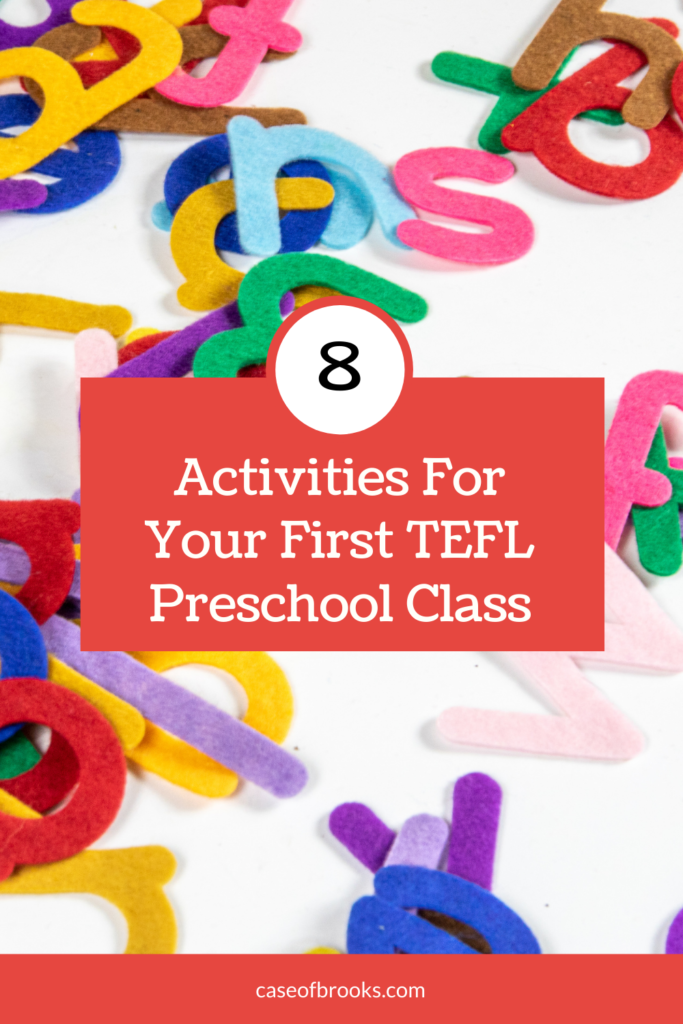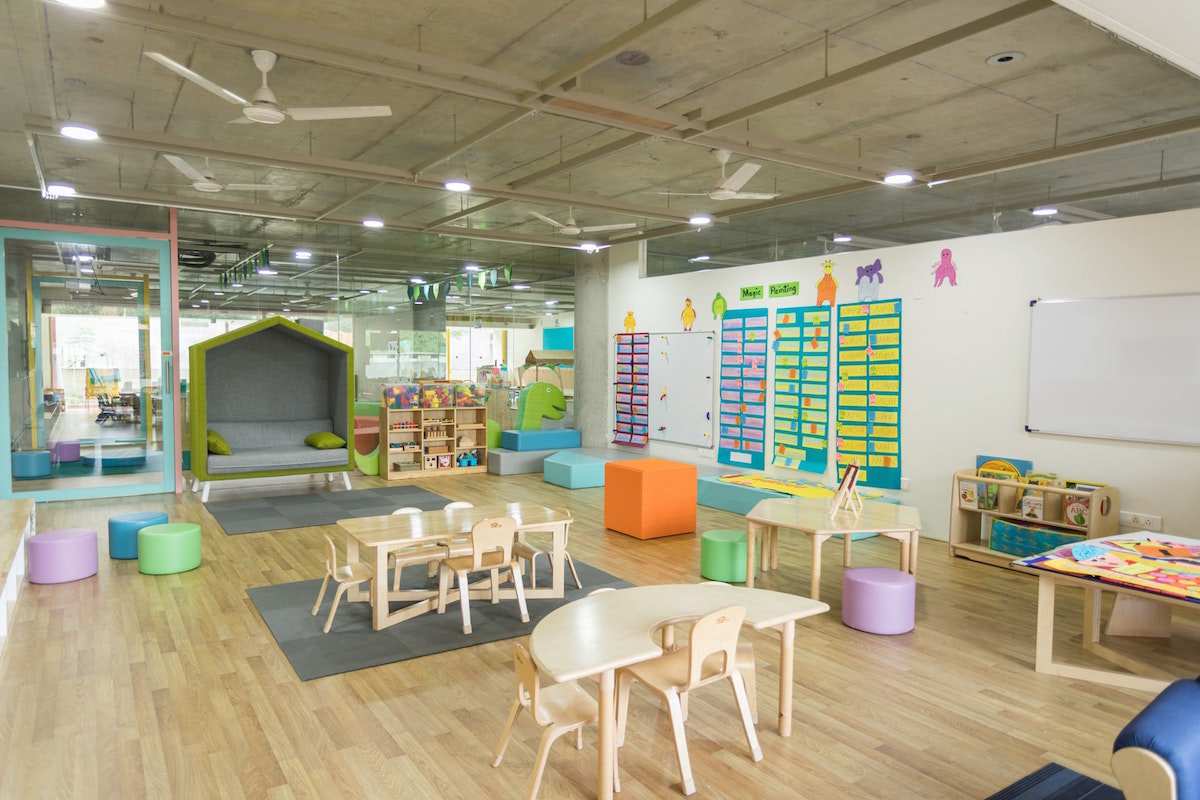
8 Activities For Your First TEFL Preschool Class
When I first got my TEFL certification I never imagined myself running after 4-year-olds in a Preschool classroom pretending to be a hungry shark on the hunt. I knew I wanted to teach children, but I didn’t know that you could even teach English to Kindergarten or Preschool aged kids. Eager to begin my TEFL career, I began teaching English to Elementary-aged children in China online through the company VIPKID but was dreaming of the in-person experience of working in a school.
I was living in Barcelona at the time and wanted to stay there, so I applied to become an English Language Assistant through the Meddeas Program. When I received my job offer I was shocked and confused. I was offered a job in a private school in Barcelona to teach English to 2-5-year-olds. 2-5-YEAR-OLDS?! Do they even know what English is?! Can a 2-year-old even talk?!
Looking forward to the challenge, I accepted the offer and was eager to prepare for my first class. I began researching heavily “ESL Preschool and Kindergarten lesson plans” and basically found nothing. I went into my first day of teaching totally blind and had no idea what to expect. My first day of classes turned out to be a sweaty mess. I didn’t have a speaker to play songs, which I quickly learned is essential for children at this age, and basically just had the students bouncing off the walls with the hope of tiring them out.
As it turns out, there is SO much you can teach this age group. Their little minds are seriously like sponges and they just absorb all the English you throw at them. After teaching this age group for a year and receiving my certification as an Expert in Bilingual Education, I will now begin my second year as a TEFL Preschool and Kindergarten Teacher in Portugal!
I started to plan some first-day activities to do with my kids and thought, “Hey, why not share the love in a blog post?” So here we are folks… here are 8 activities to do for your first TEFL class with 2-5-year-olds!
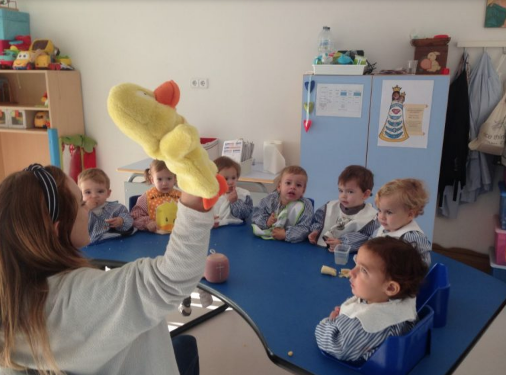
1. Hello Song
Materials Needed: Speaker
A great way to start off the class and your following classes is with a “Hello” song. The routine of starting every class with this song will let your students know “Ok, it’s time for English class!” Three of my favorite songs are the “Hello Song” by The Singing Walrus, “Hello!” by Super Simple Songs, and “Hello Hello! Can You Clap Your Hands?” by Super Simple Songs as well.
Have your students stand in a circle or a line and play the song on a speaker so everyone can hear it well. Use TPR (Total Physical Response – if you have your TEFL certification you know all about this!) to sing the song using certain motions associated with the vocabulary in the song. Your kiddos will copy your dance moves and by your next class will be able to sing the song with you!
2. Ball Toss – “What is your name?”
Materials Needed: Ball
Doing a ball toss activity is a great fun game that your kids will want to participate and be involved in. This is especially important to achieve on your first day of class in order to set the tone for the rest of the year. By the end of this activity, you will have your kids thinking, “Wow, this new teacher is kinda cool and the alien language we are speaking is pretty awesome!”
Gather your kids in a circle and have them sit criss-cross applesauce. Start off the game by kind of tossing the ball to yourself and saying, “My name is Teacher ____.” Toss the ball to any student, maybe one that you know will be able to answer the question correctly or a student whose name you already know and can be an example for the other children. Ask them, “What is your name?”. If they reply with only their name and can’t repeat the full sentence, “My name is ____.”, that is ok! Depending on their age it may be difficult to get them to answer in a full sentence at first. This will be something you can work on throughout the year.
3. “How Are You?”
Materials Needed: Emotion Flashcards
One activity you can do right after the ball toss game is to start teaching emotions in English. Keep your students sitting in a circle and introduce them to four emotions that they are familiar with at this age: happy, sad, angry, and tired. The little ones love to say these emotions with a lot of TPR. Ask the question, “How are you?” and then hold up a flashcard with the word “happy” and an image of someone smiling.
During pre-COVID times I never used flashcards for this activity and instead was able to show the emotion of “happy” myself by simply smiling. However, now with a mask covering half my face, that is kind of impossible — but you should still try to use as much TPR as possible along with the flashcards.
Ask each student “How are you?” and have them respond with “I am ____.” Practice answering this question as a group first with each emotion as an example.
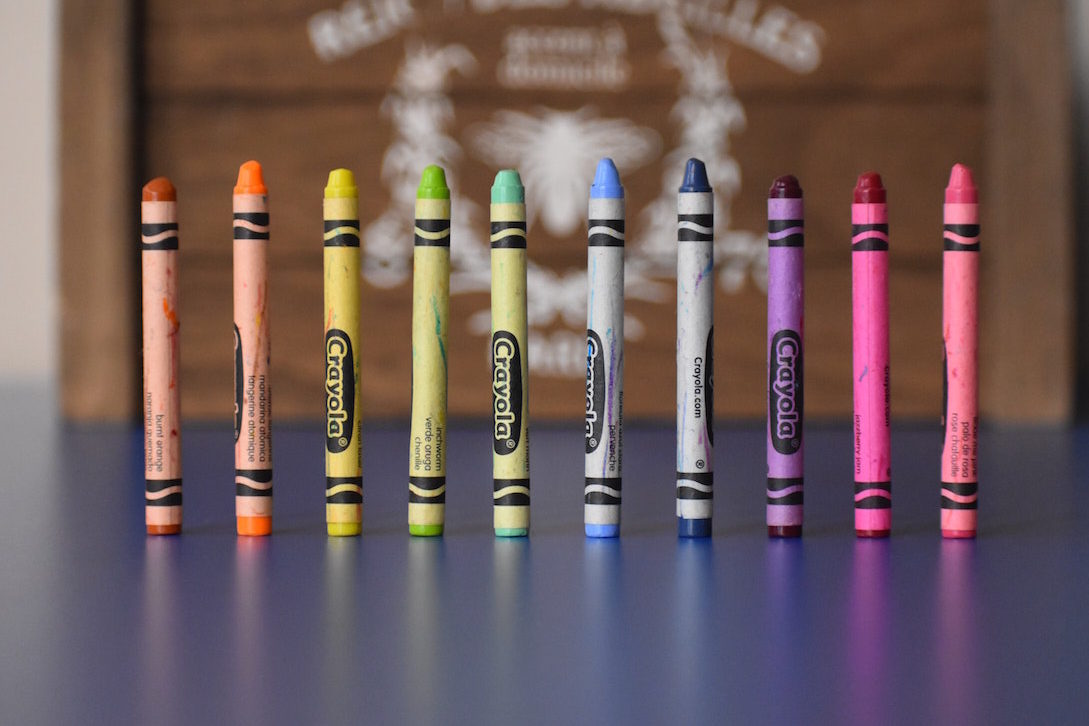
4. Colors
Materials Needed: Color Flashcards, Speaker (optional)
You will definitely want to spend your first few classes reviewing the colors in English! Some students may have the colors mastered and some may be new and not know any of them. It is a good idea to review the colors during your first class as a way to gauge the English level of your students.
Show your students a color flashcard and ask them, “What color is this?”. Have them repeat the correct answer and then ask them to find something that is that color in the classroom. The song, “I See Something Blue” by Super Simple Songs is great to play for this activity as well. This is an awesome game to get the kids moving!
5. Numbers
Materials Needed: Number Flashcards
Another topic to review during your first class is the numbers! In my experience, most 3-year-olds are able to count to five during the first day of class (but not all of them) and most 4-5-year-olds can count to 10. Prepare flashcards that have numbered objects up to the number 10 and count each flashcard with your students (flashcard #1 has 1 fish, flashcard #2 has 2 fish, etc). Just make sure your flashcards have the number written on them as it is important to begin building pre-literacy skills at this age.
6. Action Song
Materials Needed: Speaker
Ok, time to get your kids moving again! You may be noticing a pattern here that songs will become essential throughout your kindergarten and preschool classes. A classic that all children love to sing and dance to is “Head, Shoulders, Knees, And Toes”. Another classic that I love to sing with my kids is “Hokey Pokey”. Both of these songs review the body parts, and as you sing them more throughout the year, your students will really master the vocabulary. At this point in the lesson if your kids are getting a little restless, then the wonderful tune of “Baby Shark” will get them going again.
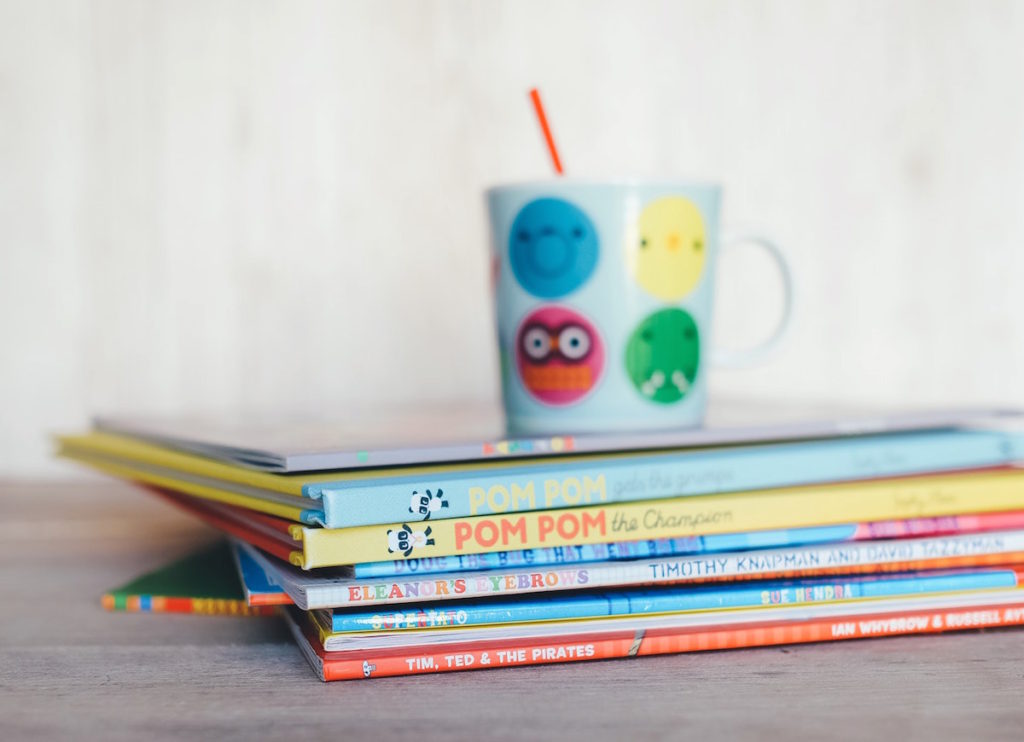
7. Storytime
Materials Needed: English Nursery Rhyme
Now it’s time to relive your childhood through your favorite nursery rhymes. Hopefully, your school will have a few stories that you can read to your children on the first day. But I would come prepared with your own printouts of the classics. Since nursery rhymes are short and sweet, you can likely find downloadable books online or even make your own book with images. Last year my children absolutely loved “Mary Had A Little Lamb”, “Humpty Dumpty”, and “The Gingerbread Man”. It is important to focus on your intonation when reading the rhymes, you should essentially be singing them to a tune. The kids will pick up on the way you read the story and will be able to read along with you after they hear the story a few times.
8. Goodbye Song
Materials Needed: Speaker
Woooo — you just rocked your first TEFL Preschool class, so you have to go out with a bang! Ending every class with a “Goodbye” song is a great way to develop a routine with your kids and let them know “Ok, English time is over :(.” Again, my favorite song is from Super Simple Songs with their hit “Bye Bye Goodbye”.
Stick a pin in it:
